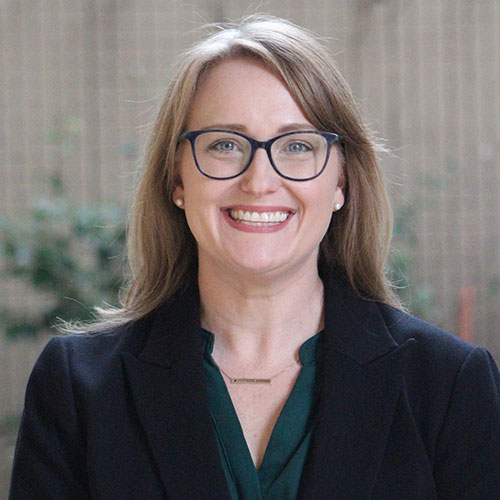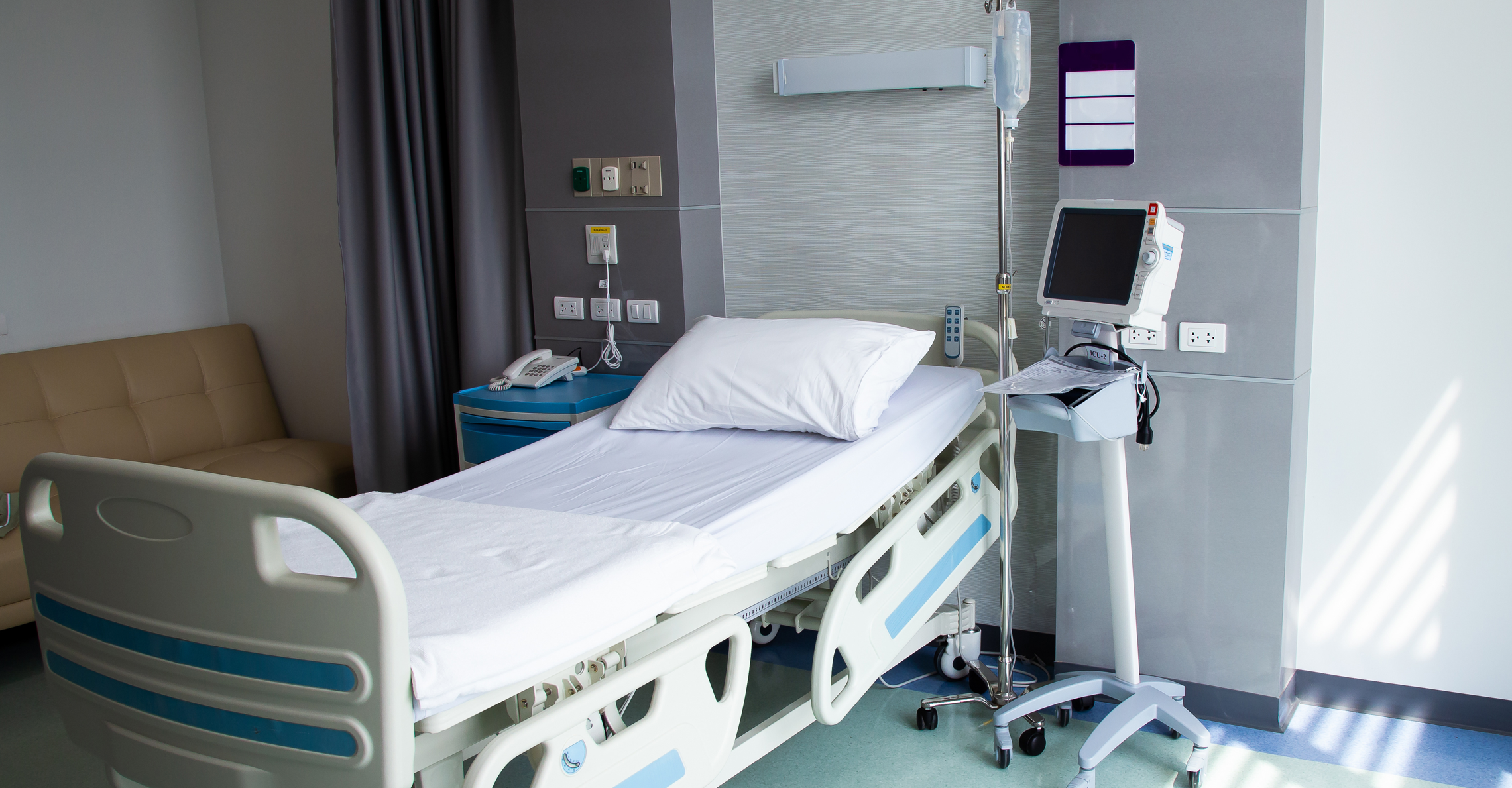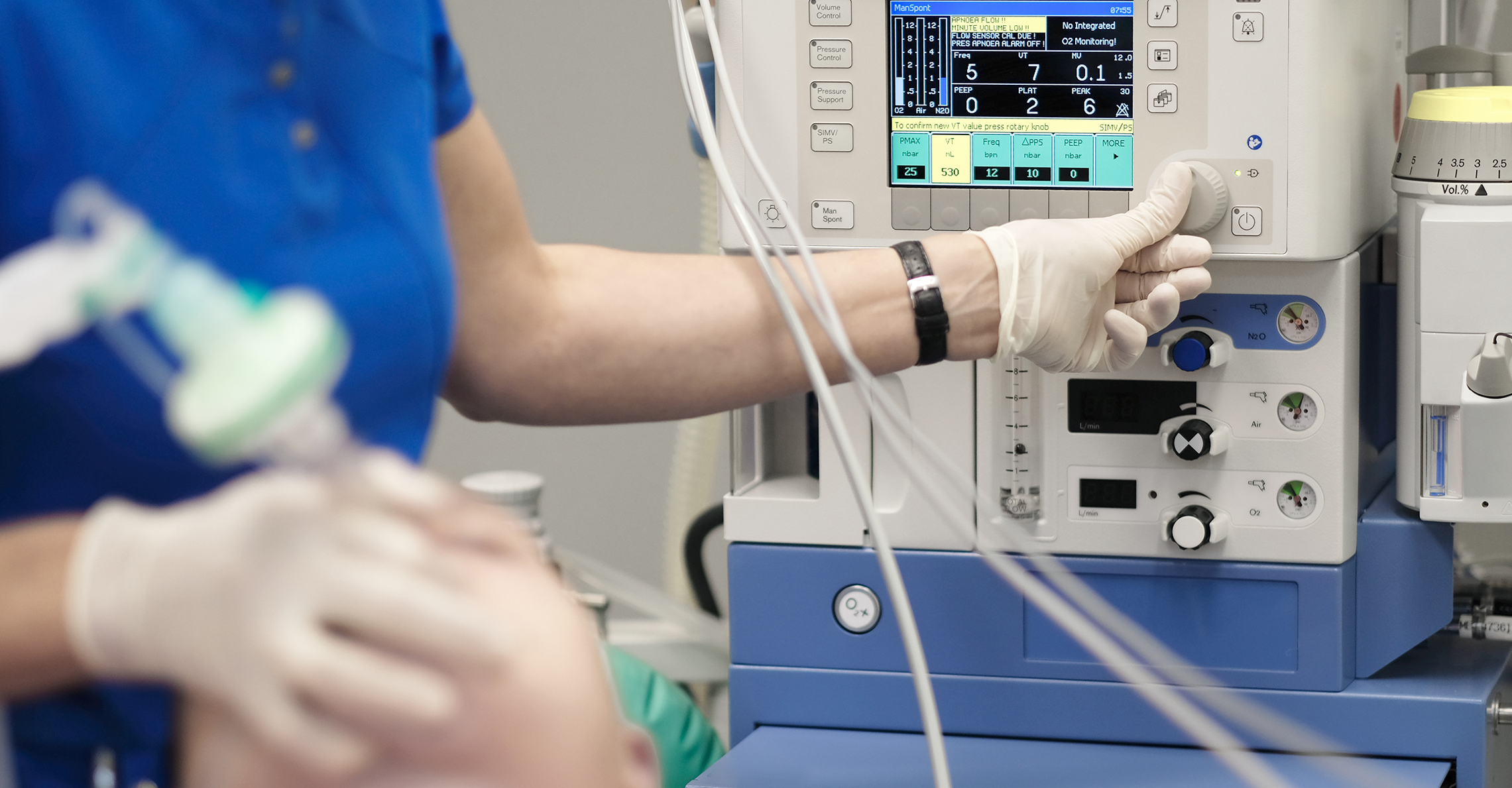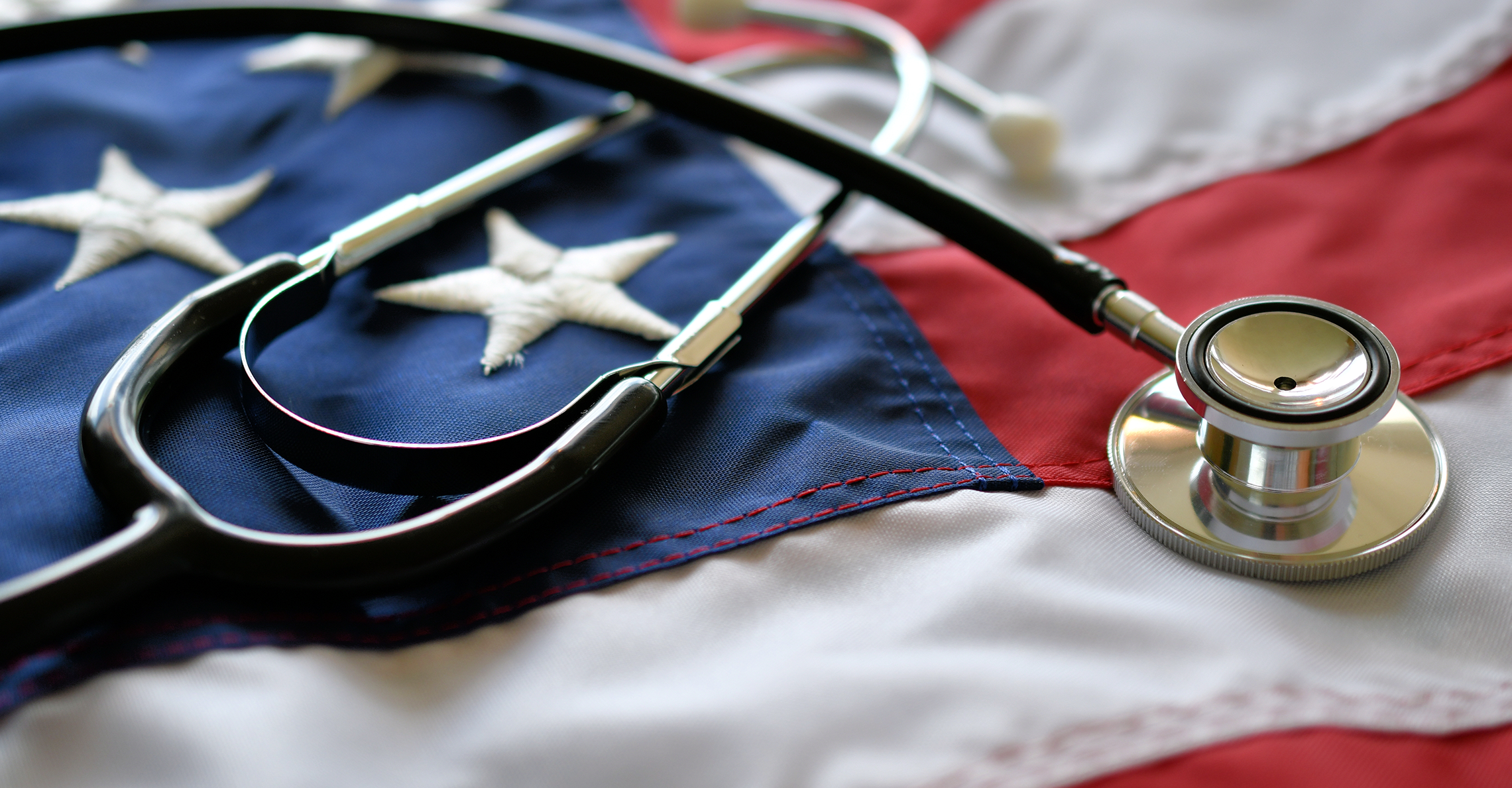As the demand for specialized healthcare services grows, many organizations are rethinking their care delivery models to meet the needs of their patients. When able to practice to the full extent of their license and training, APPs can expand the capabilities of multiple internal medicine subspecialty service lines.
Redefining the APP role in subspecialty care
As hospitals and clinics innovate to increase efficiency in their operations, APPs like nurse practitioners (NPs) and physician associates (PAs) play an increasingly important role in both inpatient and outpatient care. Here are a few examples of what that looks like today:
APPs in cardiology
As patients become more complex and physicians become more specialized, APPs have increasingly stepped into a more prominent role in cardiac care. In hospitals, NPs and PAs are essential to admissions, discharges and daily rounding. In outpatient settings, APPs are handling more than just follow-ups — they’re conducting initial evaluations, managing prescribed medications and handling long-term care plans.
APPs in pulmonology
In many hospitals, the APPs are now the ones who are the first in each morning reviewing the pulmonary patient census, drafting care plans and putting orders into the system for consultations. For ambulatory care, they take on full schedules mirroring their physician colleagues — sharing biopsy and CT results, diagnosing conditions and managing chronic illness. APPs can also manage same day sick visits, diverting patients from the emergency room.
APPs in gastroenterology
APPs working in gastrointestinal care handle new consultations and daily patient rounding in the hospital. They are also key to running an efficient outpatient clinic, seeing a full caseload of patients, allowing MDs to focus on revenue-generating procedures.
From support roles to leadership duties
While a robust staff of NPs and PAs contributes to physician retention, the idea of APPs as a universal physician burden reducer is a flawed and outdated understanding of their function. As the needs of patients and models of care delivery evolve, APPs are increasingly providing necessary leadership within care teams — especially where high-volume efficiency and training means high-quality care.
- In hospitals where physicians worked half-days, duties shifted to APPs to bring down length of stay for patients. This pressure formed an operational model in which advanced practitioner teams wholly manage the day-to-day work of inpatient care while physicians focus on exacting procedures and strategic contributions.
- APPs are finding elevated work in more procedural care. In surgery, trauma, and even interventional settings, both NPs and PAs assist in the OR, handle trauma calls, and run point on post-operative care.
A shift is under way
Many APPs who are now entering the medical workforce have been trained specifically for acute care or to function within specialty lines. They are not filtering into these divisions from general practice — rather, they are beginning their careers with intense training under their belts and specialized clinical exposure.
Simultaneously, the APPs hired 10-15 years ago have matured into experienced specialists who are able to onboard and mentor the new generations. Labor shortage aside, this represents something of a golden era for healthcare organizations seeking to leverage the full capabilities of their APP workforces.
To rethink APP utilization effectively, healthcare organizations should follow these suggestions to stay competitive during a time when a sense of meaningful work is top of mind for all clinicians:
- Design models of care delivery that match APP skillsets to the areas where they can have the highest impact for patient outcomes and patient flow.
- Avoid relegating APPs purely to routine or administrative responsibilities.
- Focus on procedural, operational and strategic responsibilities when training APPs.
- Invest in mentorship between older generations and newer clinicians.
To elevate your APP workforce and unlock the full potential of subspecialty care for your facilities, reach out to the clinical operations experts at LocumTenens.com today. We will closely examine your facility’s nuanced needs and help you align APP talent with high-impact care delivery.

About the author
Jamie Threatt, DNP, AGACNP-BC
Telehealth program director
Jamie Threatt is a board-certified adult gerontology acute care nurse practitioner (AGACNP-BC). She obtained her B.S.Ed from the University of Georgia and her MSN and DNP from Augusta University. As a nurse, she worked in the trauma intensive care and the emergency department. After becoming a nurse practitioner, she spent time in the highly specialized area of neurology critical care before transitioning to pulmonary/critical care. She was most recently caring for patients in an outpatient pulmonary clinic, with a particular specialty in severe asthma and lung cancer. Throughout her career, she has been passionate about patient empowerment and education. Dr. Threatt joined LocumTenens.com in 2024 as the telehealth program director to help drive healthcare innovation, helping to expand healthcare access and bring medical care to underserved communities.






